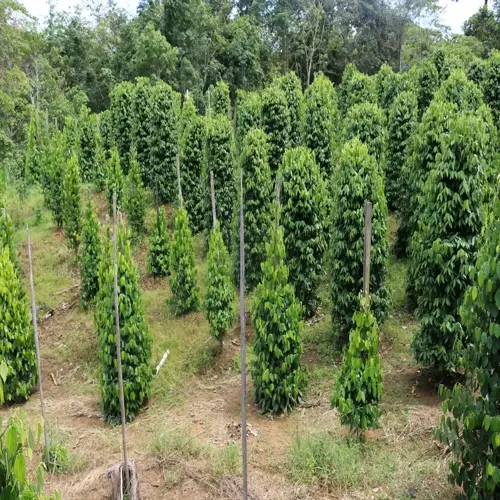What's the fundamental difference between perlite and vermiculite?

Written by
Nguyen Minh
Reviewed by
Prof. Martin Thorne, Ph.D.Gardeners often mistake perlite for vermiculite, thinking they do the same thing. Both products are lightweight granules that enhance soil quality. But they act in completely different ways. Making a mistake can have detrimental effects on your plants, and I have seen this happen many times.
Perlite forms air pockets, allowing for effective drainage. It prevents water from collecting around the roots. Vermiculite works as a sponge, holding onto moisture. This is the difference that determines which plants grow best. Succulents require perlite, while ferns need vermiculite.
Water Management
- Perlite: Drains water rapidly preventing soggy soil
- Vermiculite: Absorbs 3-4x its weight maintaining moisture
Root Health Impact
- Perlite: Prevents root rot in drainage-needy plants
- Vermiculite: Prevents drought stress in moisture-lovers
Soil Structure
- Perlite: Aerates heavy clay soils effectively
- Vermiculite: Improves water retention in sandy soils
These materials interact differently with nutrients. Vermiculite binds potassium and magnesium, releasing them slowly over time. Perlite remains chemically inert. This affects how plants access food in the soil.
Safety matters with both amendments. Always wet perlite before handling its dust. Vermiculite should come from asbestos-free sources. I wear gloves and a mask during application for protection.
Your plants reveal which amendment works best. Yellow leaves often indicate an incorrect pH level from vermiculite. Wilting suggests poor drainage, which may require the addition of perlite. Observe these signs to adjust your soil mix.
Read the full article: Perlite vs Vermiculite: Ultimate Comparison Guide

